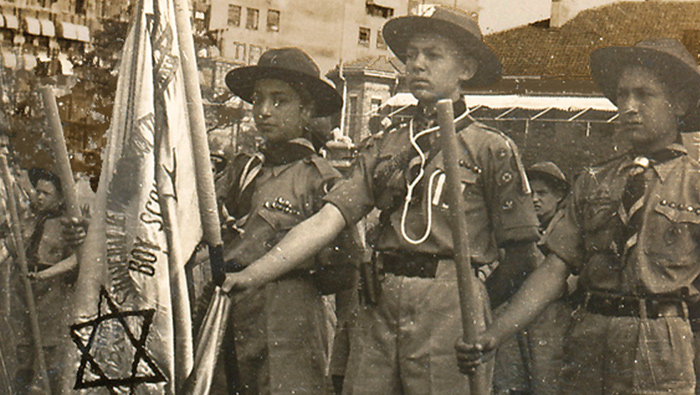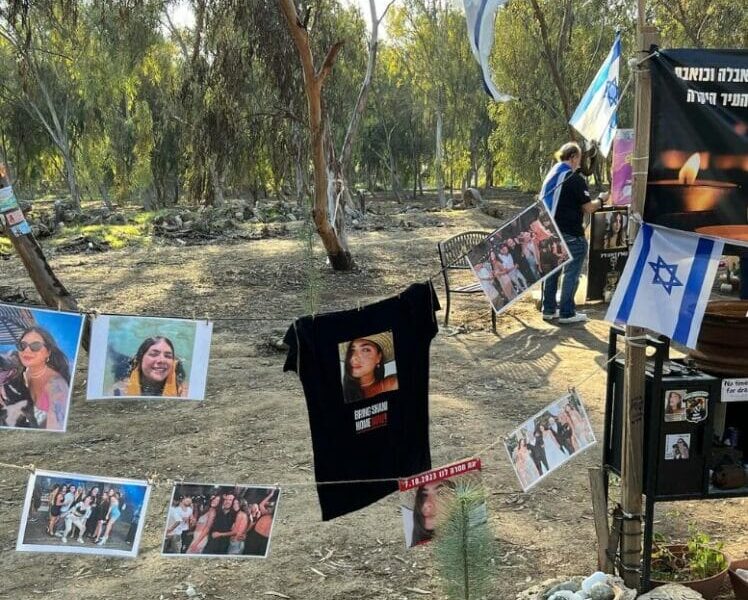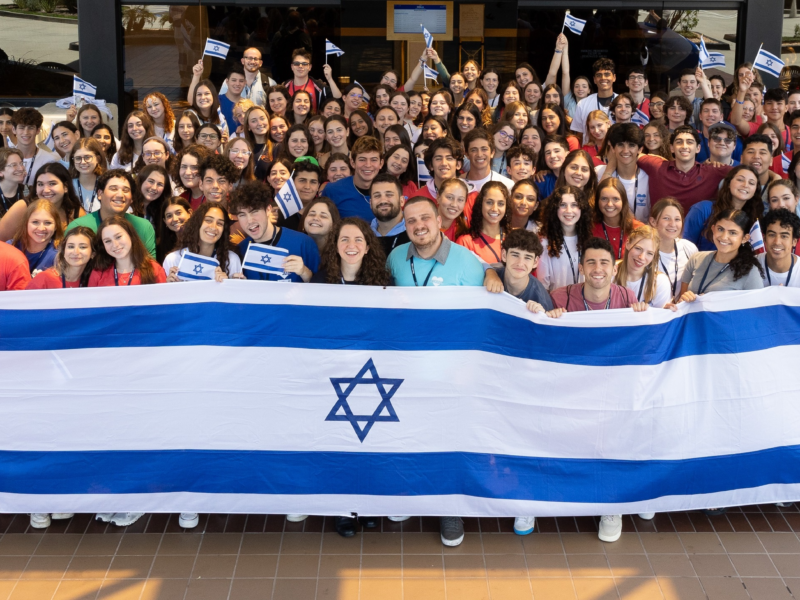The Center for Jewish Studies at Arizona State University along with the Confucius Center at ASU and the Arizona Jewish Historical Society present the Jewish Refugees in Shanghai exhibit in the Cutler-Plotkin Jewish Heritage Center of the AZJHS in Phoenix, from Oct. 18 to Dec. 15. While the exhibit is on display, the Hayden Library at ASU in Tempe will feature related items from the library’s collection.
Former “Shanghailanders” now living in Arizona will be invited to loan memorabilia for the opening.
The traveling exhibit brings together the photos, personal stories and artifacts from Shanghai’s Jewish Refugee Museum, located in the former Ohel Moshe Synagogue in the Tilanqiao Historical Area of Shanghai. The museum educates local and international visitors to tell the unique story of Shanghai’s Jewish refugees.
While Nazi Germany forced German and Austrian Jews to emigrate during the 1930s, most countries closed their borders to these immigrants and refused them visas.
A visa was not required to enter Shanghai, under Japanese control during the time, but it was an indispensable document for Jews desperate to leave areas in Europe under Nazi control. The visa to Shanghai was in truth the “exit visa” for Jewish people to find their way to other countries and escape Nazi Europe. Because of help offered by Dr. He Fengshan, the consul of the Japan embassy in Vienna, Austria, and Chiune Sugihara, the consul of the Japanese embassy in Lithuania, roughly 18,000 European Jews found refuge in Shanghai.
From 1933 to 1941, the city of Shanghai, China, became a modern day “Noah’s Ark,” accepting those Jewish refugees who then lived in the “Designated Area for Stateless Refugees” in the Tilanqiao area of Shanghai. They coexisted with local Chinese in the area and overcame various difficulties.
By the end of World War II in 1945, most of the Jews had survived the harsh, impoverished conditions. They went on to live remarkable lives. Holocaust historian Dr. David Kranzler dubbed it the “Miracle of Shanghai” and noted the city was one of the few bright lights during such a great tragedy. In the “Tilanqiao Historic Area,” some original features of the Jewish settlement continue to be well preserved, sustaining the legacy of Shanghai’s Jewish past.
Communities around the globe have had the exciting opportunity to learn about this significant story of Jewish immigrants and their place in world history. Traveling in part or in its entirety, the exhibit has been to places such as the Holocaust Museum in St. Petersburg, the University of Pittsburgh, the University of Kansas, the University of Kentucky, the University of Minnesota, Chicago’s Thompson Center and New York’s Rockefeller Center.
Across the country, the exhibit has brought about symposiums, conferences and education initiatives among high schools and middle schools. Following Arizona, the exhibit will continue to travel to other institutions of higher education. It was first developed by the University of California, Los Angeles Center for Jewish Studies, the UCLA Confucius Institute, Hillel at UCLA, and the Shanghai Jewish Refugees Museum.
For information, visit azjhs.org or contact Larry Bell at LBell@azjhs.org.






